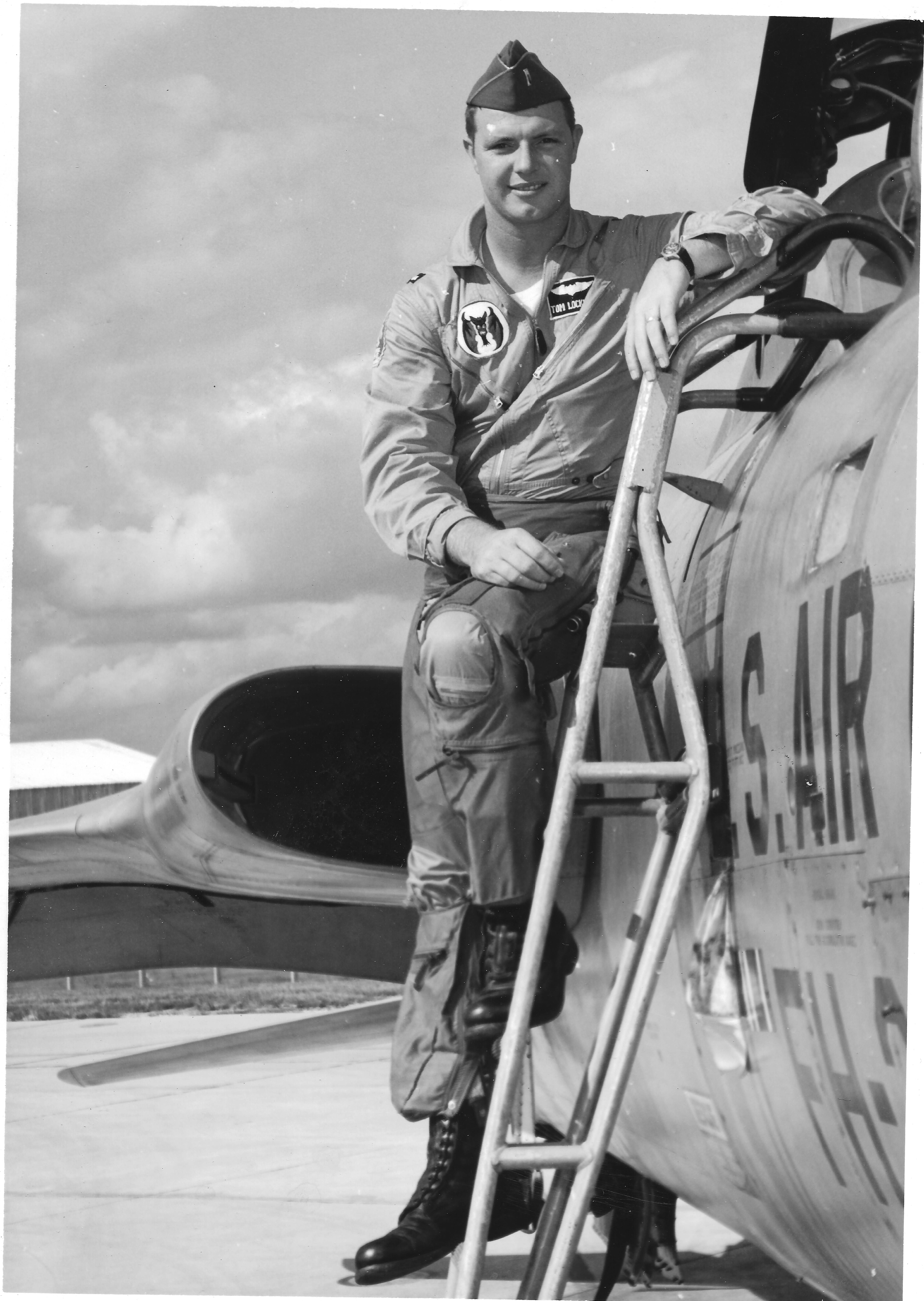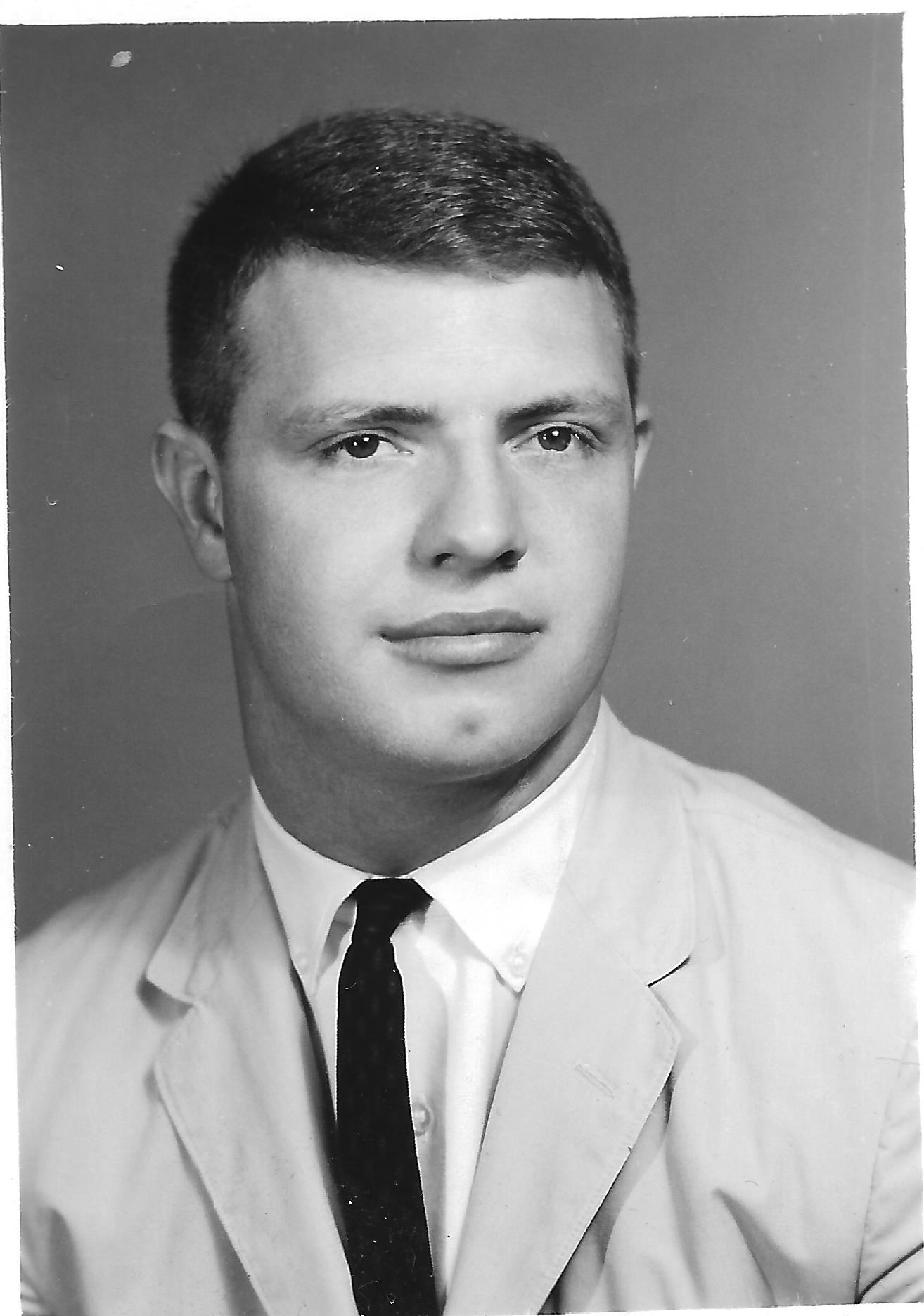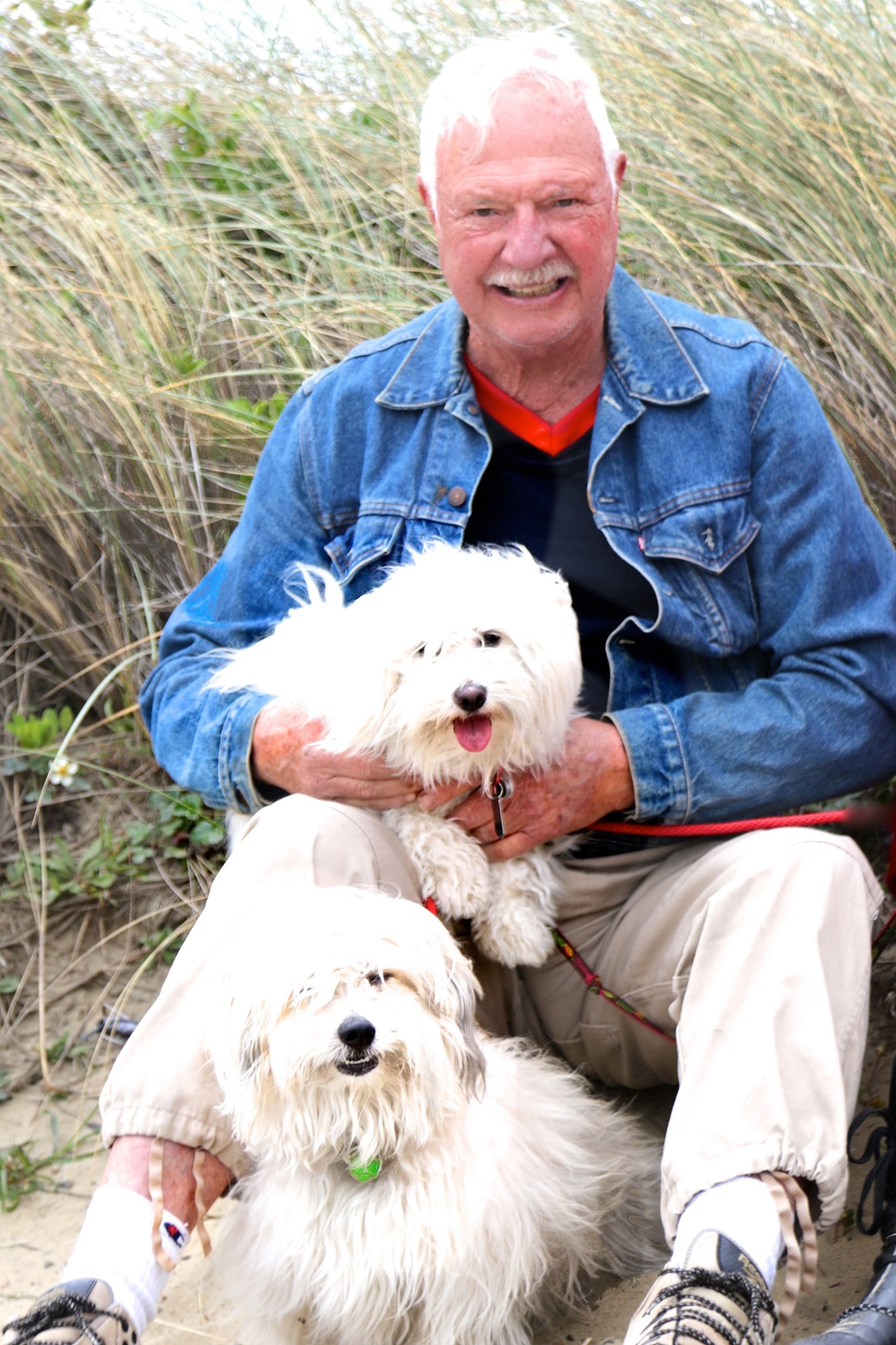Features
No one ever suggested Tom Lockhart was dumb...not even when he graduated very near the bottom of his class at St. Albans High School in St. Albans, West Virginia. But graduating from a public school guaranteed acceptance in West Virginia University for one year, so Tom's father agreed to send him— for one year—with the advice that, after he flunked out, Tom stop by the Island Creek Coal Company, as they were always hiring miners. With his father's admonition, Tom began to truly consider his future, and spending his life underground digging coal didn't appeal to fun-loving Tom in the slightest.
Realizing a drastic change was in order, Lockhart actually buckled down and learned to study. His freshman roommate, valedictorian of Bluefield, W.Va. High School, helped him catch up on four years of high school in addition to his first year of college in an engineering curriculum. Tom actually made the dean's list for the following 3 semesters and was asked to give a motivational talk to high school students back in St. Albans. He joined the Gamma Pi Chapter of Sigma Nu in his sophomore year. Scholastic standing was an important part of fraternity life, so Tom continued to do well with his grades. Requirements for in-house residence included a respectable GPA, and tutoring help was always available from upper classmen as well as graduate students living in the Sigma Nu house. The social aspects, another big part of being a Sigma Nu, enabled Tom to meet young men and women from all over West Virginia and beyond. His experiences at WVU and Sigma Nu enabled Tom to make life-long friends and to watch many of them go on to succeed in their careers, businesses, and life experiences.
Having elected Air Force ROTC, Tom was given a thorough physical by the military and qualified for pilot training following his graduation. Assigned to initial pilot training in Big Springs, Tex., he returned to Morgantown in his brand new 1961 Chevy convertible for a last goodbye to his college days and his fraternity brothers.
The Air Force was beginning to build up for the impending war in South East Asia, and started pilot trainees in jet aircraft, the T-37, as opposed to reciprocating engines that had been the norm. Early training was fun and exciting, but as more and more was demanded from these trainees, crashes and even deaths, became more frequent. Tom realized that he would live longer and stay healthier if he learned and experienced as much as possible in this training. His final grades were near the top of his class, and he was able to select the F-100 jet fighter, the front line fighter for the US Air Force and continue his training at Luke Air Force Base in Phoenix, Arizona.
The fatality rate for F-100 training was very high, once again providing motivation to do well, as many of the training classes lost more than half of their pilots. Immediately following his graduation from F- 100s, Tom was one of a select few chosen to train in the newest, fastest jet in the USAF inventory, the F-105 Thunderchief. This aircraft could accomplish every mission tasked to jet fighters – air-to-air combat, low level nuclear strikes, and a host of air-to-ground conventional deliveries. This airplane was given the moniker, “The Thud,” as that was the sound – or so detractors claimed -- it made hitting the ground.

Lockhart on his first combat tour with his favorite unit, the 44th Tactical Fighter Squadron, and his favorite airplane, the F-105 Thunderchief.
First Lieutenant Lockhart arrived at the 44th Tactical Fighter Squadron in Okinawa, on the very day of the Gulf of Tonkin Incident, which is credited with beginning the war in Vietnam. Senior pilots were well aware that this squadron would be one of the first deployed when war did break out, and were justifiably concerned that this green, young pilot needed a great deal of help if he were to live through the coming combat tour. The squadron's Operations Officer put Tom through an accelerated practical flying program in order to get him up to speed with the operational missions.
Requirements for completion of a tour was 100 missions over North Vietnam. Lockhart completed this milestone, but not before enduring treacherous missions through dangerous combat zones.
Tom's next assignment was to Moody Air Force Base, Valdosta, Ga., to be a flight instructor in the undergraduate pilot training program. He was furious to have been given this assignment, as he wanted to be assigned to another fighter unit. He had argued that he couldn't teach anybody to fly, but was promised another fighter assignment if he proved himself in this capacity. As Lockhart looks back on his career and his life, he chuckles at the funny little tricks life can play. As much as he resented this assignment to the training command, it proved to be one of the best of his career and provided memories and friends to last a lifetime.
On one pretty routine day while he was at Moody, Lockhart received a message there was to be an awards ceremony in the afternoon and for him to wear a Class A uniform. Assuming he would be receiving a unit citation or an air medal, Tom was astounded to be awarded the Silver Star, the third highest medal for valor. This made him quite a celebrity for the student pilots. One of the young pilots attending these fetes was a 2nd Lieutenant from the Texas Air National Guard named George W. Bush.
These two young men became friends; and many years later, after George W. Bush was elected President of the United States, Tom and his wife Jan were invited to the White House a number of times. Lockhart is often asked about Bush as a young man and as a pilot, and Tom remembers him as a natural leader of his class, a position not usually assumed by members of the Guard. He was a serious student, and in a private conversation, Tom recalls telling him that the F-102, the jet fighter Bush would be flying with the Texas Guard, had a way of “weeding out” poor pilots with a big, black hole in the ground. ”It is an old, “squirrely” and unforgiving airplane and learn to fly it well,” was Tom's advice to young Bush. It seems as though Lockhart's words were heeded, as George W. became a good student in ground school and a fine pilot.

Lockhart's WVU yearbook photo.
Deciding to make the Air Force a career, and as a warrior would, Lockhart requested re-assignment back to the war, this time in an F-4E, the Phantom II. With a little help from his friends, he went back to Korat RTAFB for a second combat tour of one year, during which Tom flew 125 missions over North Vietnam.
After the war ended, Lockhart went to PACAF in Hawaii with the Inspector General's staff working on F-4 maintenance and safety issues. A very memorable assignment followed as the Air Force officer attending the Marine Corps Command and Staff College at Quantico, Virginia. (Tom credits this assignment for teaching him to run in combat boots carrying a full pack.) Lockhart attended USC learning to investigate aircraft accidents and completed his MBA at Pepperdine University. His tours included Homestead AFB, Florida, (flying F-4s) and Langley, Virginia, (flying F-4s),
In 1980, Tom was assigned back to Nellis Air Force Base, where his operational unit was the first to be trained in the brand new F-16. He was also tasked with flying as an aggressor in the famed Red Flag operations which are conducted at Nellis to train fighter pilots from all over the world. At Nellis, Lockhart was promoted to full Colonel and then given an assignment in Vicenza, Italy, as Chief of Tactical Evaluation for NATO flying units in the southern region. His final two years were served as Inspector General Chief of Operations, United States Air Force.
Lockhart retired from the Air Force in 1988. During his outstanding career as an aviator, he was one of very few pilots who flew the T-37, the T-38, the F-100, the F-105, the F-4, and the F-16 jet fighters.

As Lockhart reminisces on his career and his life, the positive and negative motivations that directed his life journey become quite clear. Recognizing their importance, Tom has made it a priority to pass along as best he can, motivations for others. He works with the Joe Foss Institute teaching school children the importance of the United States Constitution and the Bill of Rights. Tom regularly speaks for the VFW and the American Legion at patriotic holiday ceremonies and to schools about choosing the military as a career. He has mentored several students, including a local young man through the Air Force Academy and into a career as a pilot.
The Lockharts moved to Sedona, Arizona, in 1993, and they enjoy traveling in their motor home and regularly attend air shows, such as AirVenture in Oshkosh, Wisconsin. Tom still rides his Harley Davidson, and is very active in veterans' issues. He is a proud member of the Quiet Birdmen, an organization of aviators and is considered an honorary member of the Sedona Chapter of the Marine Corps League.